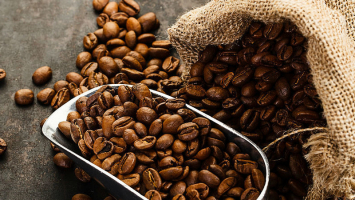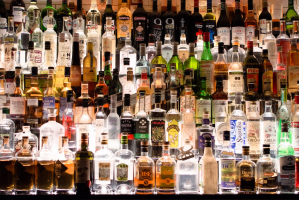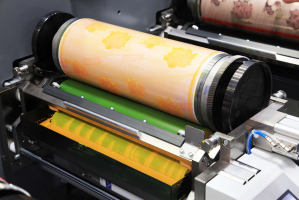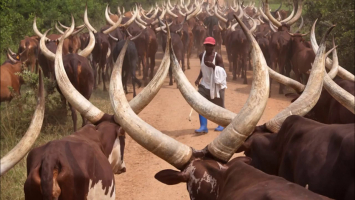Top 10 Largest Tea Producing Countries In The World
Tea has long been one of the most popular beverages on the planet. Whether it's a small gathering or some alone time at home, tea is a great companion. Tea is ... read more...now widely produced in various countries all over the world due to its popularity and high rate of consumption. Although tea cultivation is practiced in over 60 countries, Asia and Africa are the primary regions for tea production. So, let's go deeper and look at the largest tea-producing countries in the world.
-
The world's largest producer of tea is China. the nation that was responsible for the discovery of tea and the introduction of the most well-known hot beverage in the world. The nation produces nearly 2,400,000 tonnes of tea annually and exports 40% of the world's total production. In China, the three main provinces for tea plantations are Yunnan, Zhejiang, and Guangdong. being the world's largest producer and exporter of tea, of course. Green Gunpowder, Dragon Well, and other outstanding green teas are grown in China.
China is the country with the highest level of production. The reason for this is that tea is an ancient cultural drink of the country, and the country has been producing tea for many centuries or decades. Tea is revered in this country as both a medicine and a beverage. Tea is an important part of the country's social fabric and has always played a role in economic development and daily life. Tea is said to have been invented in this civilization in 2737 BCE when Emperor Shennong drank boiled water into which leaves had fallen by chance. It is said that the emperor was fascinated by the process by which the hot water turned brown from the leaves and drank the water out of his enthusiasm for scientific discovery. The emperor had a keen interest in science and had issued a decree mandating that all drinking water be boiled for hygienic reasons. These are the explanations for why it is ranked first.
China is renowned for its wide variety of tea varieties, with popular varieties including green, black, and oolong tea. Tea drinking has a thriving culture of its own, with special emphasis placed on the flavor and setting in which it is savored. Even the ideas of philosophy, ethics, and morality are incorporated into tea lore.
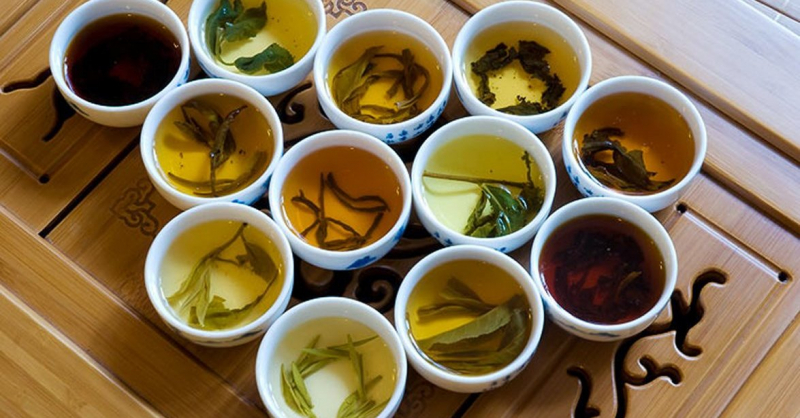
Photo: Chazhidao Chinese Tea Traditions School 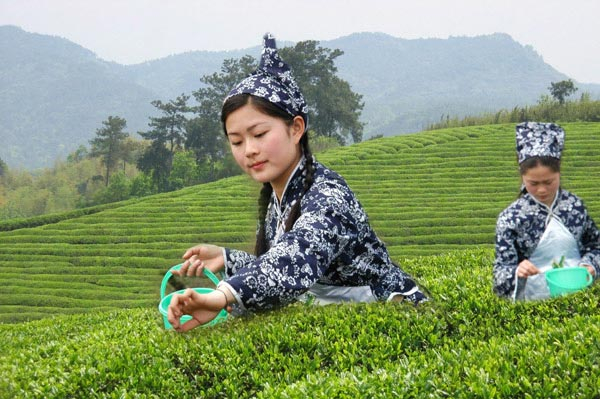
Photo: California Tea House -
India ranks second on this list, producing 1.2 million tons of tea per year. Tea was first introduced to India by silk caravans traveling from China to Europe centuries ago. Despite this early link, it wasn't until the British formally introduced the beverage to the culture that it really took off. The climate in the country is ideal for cultivating the plants, and the tea quality is comparable to that of China, and the British intended to break China's monopoly on tea production by cultivating it in their prized colony, India.
Tea is also an essential component of daily life here, just like it is in China. With tens of thousands of tea gardens scattered across the country, including well-known varieties like Darjeeling and Assam, India has a sizable tea market. India has more than a billion tea drinkers because more than half of the tea produced there is consumed domestically.
Tea is commonly referred to as "chai" in India. The East India Company began mass-producing tea during the reign of the British Empire. Without a doubt, Assam tea is well-known throughout the world. Along with Darjeeling, that is the state in which the majority of the tea produced in India is grown. The tea produced in Nilgiri's southern region is also well-known and widely consumed.
The Indian tea industry has developed into one of the most technologically advanced tea industries in the world, and it now owns numerous international tea brands. The Tea Board of India is in charge of overseeing tea production, certification, exportation, and all other aspects of the country's tea industry.
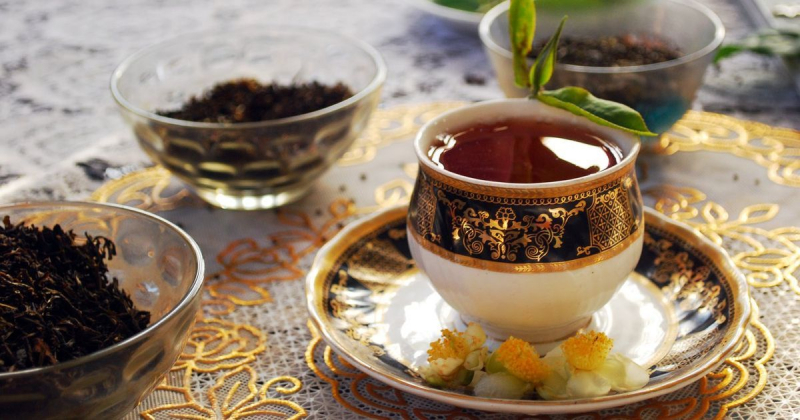
Photo: Scroll.in 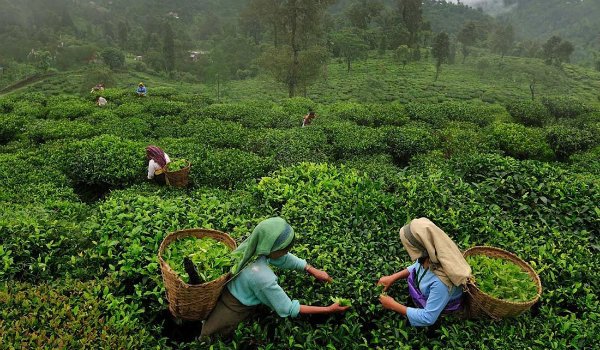
Jay Shree Tea -
Kenya is the next country to grace this list. Though the majority of people don't think of Kenya right away when discussing tea, the country is home to over 500,000 small-scale Kenyan farmers who grow tea. Kenya, an African nation, is third on the list of nations that produce the most tea among all the Asian nations. The largest producer and exporter of black tea worldwide is Kenya. Its proximity to the equator provides the plants with the best growing conditions and plenty of sunlight. The Nyambene Hills, Nandi, and the Kericho region are where the majority of tea is grown.
Kenya was introduced to tea by GWL Caine in 1903, but it wasn't until Malcom Bell for the company Brooke Bond in 1924 that it became profitable. Kenya produces 500,000 tonnes of tea per year. Kenya is another expert in the tea plantation industry. It is still conducting research to increase production rates. They are not only increasing the rate of production, but they are also researching which type is more applicable to their soil content and which can yield the most. The government is stepping in to help farmers grow tea.
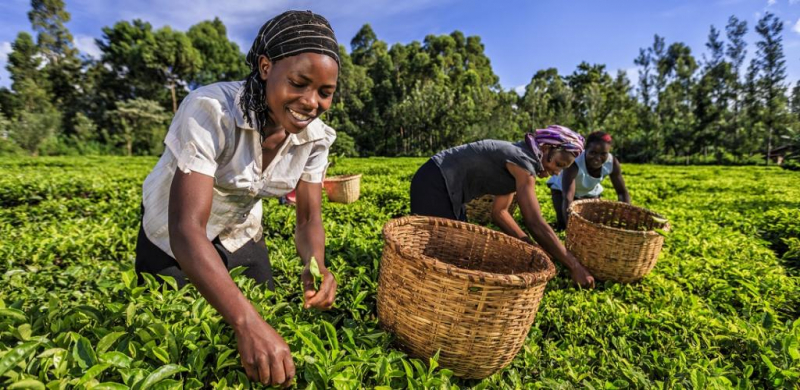
Photo: Down To Earth 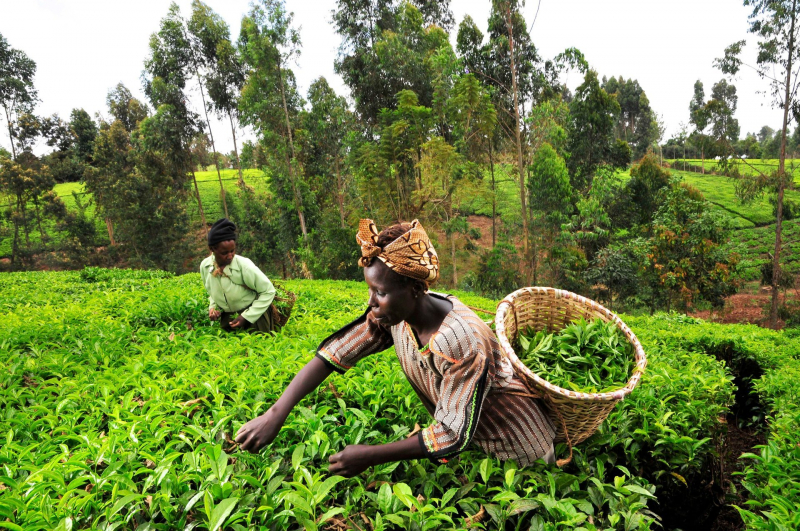
Photo: Rove.me -
With 340,230 tons of the plant grown there, Sri Lanka ranks fourth among countries that produce tea. It is one of the largest producers of orthodox teas in the world and is renowned for its Ceylon teas, so named because the nation was formerly known as Ceylon by colonizers. Although the nation produced much more coffee initially, it switched to tea after a blight destroyed their crops. Tea production now makes up 2% of the nation's gross domestic product and is the primary source of the country's foreign exchange with other nations (GDP).
In order to compete with China's tea production, the British introduced the crop in 1867, and the country has since produced some of the world's finest single-origin teas.
The country's central highlands offer a climate that is favorable for the production of high-quality tea because of the humidity, cool temperatures, and rainfall they experience. On the other hand, tea grown in low-elevation regions with abundant rainfall and warm temperatures, like Matara, Galle, and Ratanapura districts, has a high level of astringent properties. Low-elevation regions produce more tea biomass in general. Middle Easterners love this type of tea. James Taylor, a British planter who came to the country in 1852, brought the industry there in 1867. Since the 1970s, smallholder tea farming has gained popularity.
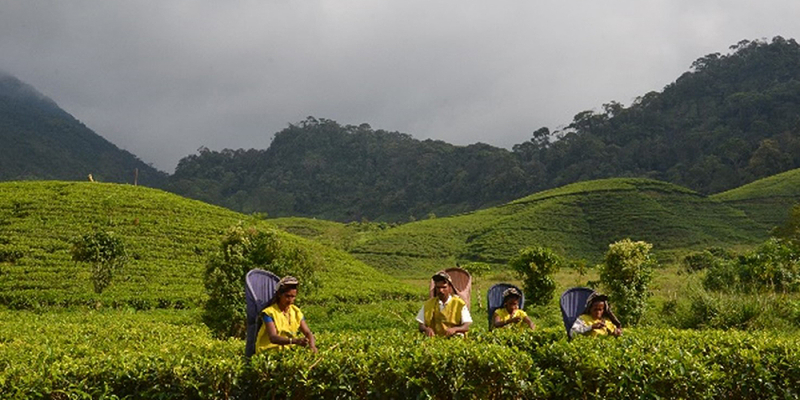
Photo: Development Asia 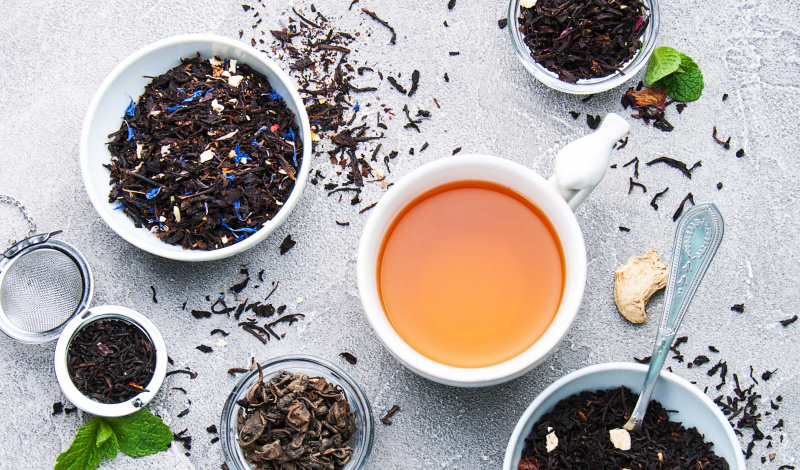
Photo: Sri Lanka Holiday Guru -
This time we're in the Middle East, more specifically Turkey, which has historically sat squarely on the ancient trade routes connecting east and west. Turkey is ranked fifth on our list.
Turkish people love tea so much that they drink it almost every other hour of the day. Turkey has the highest per capita consumption in the world. Each person consumes 3.5 kilos of black tea on average per year, and only Afghanistan comes close with 2.4 kilos per capita consumption, a full 32% less. Turkey produces 250,000 tonnes of tea per year, the majority of which is consumed by Turkish citizens, making tea exports relatively small. Turkey is known for producing Riza tea, also known as Turkish tea, which is a type of black tea.
The regions of Turkey that grow tea are very different from those in Africa and Asia. The majority of Turkey's tea is produced in a small region close to the city of Rize, which is situated at the westernmost tip of the country's black sea coast and is home to the country's tea fields.

Photo: Property Turkey 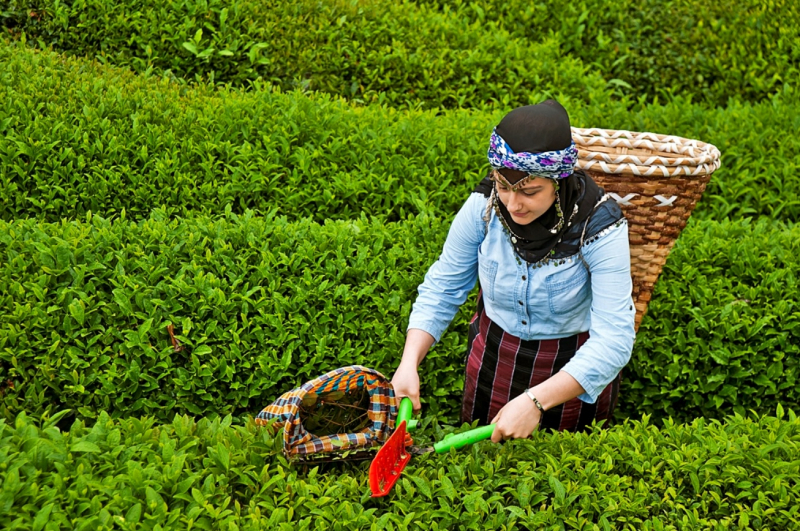
Photo: Turkish Foodie -
Offshore, we travel to Indonesia, which annually produces 157,000 tonnes of tea. The Dutch East India Company introduced the crop during colonial rule in the 1700s, producing primarily black and green teas from Indian Assam varieties. These types of tea can flourish in Indonesia's climate.
Dutch colonists brought tea to Indonesia in the 1600s in an effort to replicate the success of the tea plantations there. Although a wide variety of Chinese teas were used in the initial experiments, it was found that Assam teas are better suited to the hot, muggy tropical climate of Indonesia. The cooler climates of the mountainous islands of Java, Sumatra, and Sulawesi have proven to be ideal for the cultivation of tea.
The Indonesian tea industry was in full swing by the latter half of the nineteenth century. Despite experiencing disruptions and setbacks during the Second World War, the nation is currently ranked as the sixth-largest tea producer in the world.
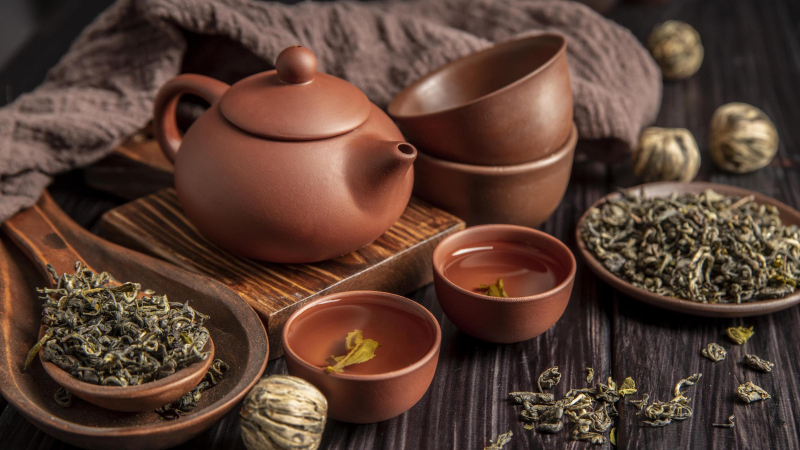
Photo: FFTC Agricultural Policy Platform 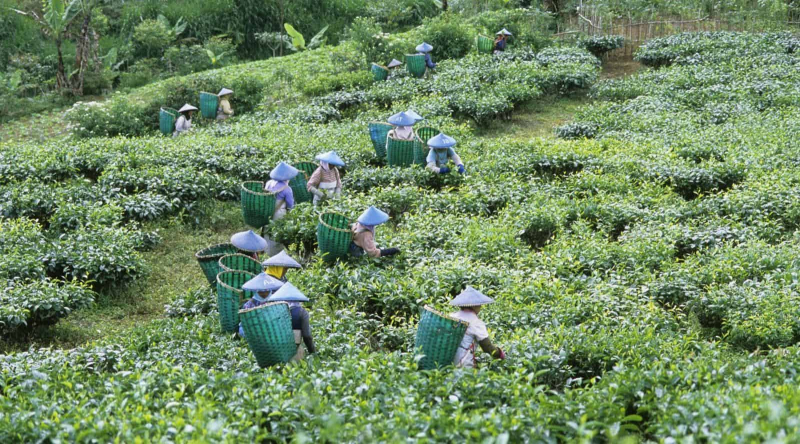
Photo: topictea.com -
As we travel through Asia, we arrive in Vietnam, where the French introduced the crop during their time as a colonial power there. Approximately 117,000 tonnes of tea are produced in Vietnam each year. Green, black, and white tea leaves, as well as specialty teas flavored with flowers, like lotus tea, are all grown in the Yen Bai province of North Vietnam.
Although there are a few historical Vietnamese texts referring to tea cultivation in various parts of Vietnam during the 18th century, there was no coordinated effort to create a significant domestic tea industry until the French occupation, when the first tea gardens were established in Tinh Cuong, Phu Tho province in the north and Duc Pho, Quang Nam province in the south in 1890. In the early twentieth century, research centers were established at Phu Tho, Pleiku in the central highlands, and Bao Loc in the western highlands to promote development.
Discovering and creating hybrids and cultivars appropriate for commercial farming in the various regions of Vietnam was the goal of the tea research centers. Finding information about the origin of the tea plants used for this research is difficult; they might have been Vietnamese plants already grown there or ones imported from China or Indonesia (where a thriving tea export industry had already been established by the Dutch). Tea grown on farms is almost entirely Camellia sinensis var. sinensis.
The industry grew rapidly in the early twentieth century, but it was effectively destroyed by the decades of conflict that lasted from 1914 to the late 1970s. The tea research center in Phu Tho is still operational, though it now also oversees other crops grown in northern Vietnam.
Thai Nguyen province, located between Vietnam's capital, Hanoi, and the mountains to the north, is the most famous tea-producing region in Vietnam. Thai Nguyen's signature tea is the sweet but grassy green tea that Vietnamese tea drinkers prefer (and brew at extra strength). If there is such a thing as a typical Vietnamese tea drinker, they prefer strong flavors with a long sweet aftertaste.
Vietnamese people tend to favor teas with light, delicate flavors because they appreciate tea for its uncomplicated purity. Although green tea is by far the most popular type of tea in Vietnam and is typically consumed plain, without additional flavorings, black, white, and oolong tea are also produced in small quantities.
Fresh teas with floral flavors, however, are also well-liked all over. Lotus tea, for instance, is a specialty of Vietnam that is traditionally made by enclosing premium green tea leaves in a lotus flower and letting them soak up the fragrance overnight. Other flower varieties that are found in some parts of Vietnam include chrysanthemum, jasmine, and Aglaia teas.When discussing Vietnamese tea, green tea must always be the first to be mentioned. Green tea has been extensively planted throughout the North and Middle of Vietnam since the mid-twentieth century, gradually becoming a symbol of Vietnamese everyday life, in the peaceful countryside regions.
Green tea grows well in both plain and highland areas of Vietnam, sometimes right in the gardens of the home. It is also very tolerant of the soil and climate there. Green tea can be consumed fresh, without needing to wilt or oxidize, right after being plucked from the tree because of the higher trunk and larger leaves compared to other tea plants. After fifteen minutes of steeping and boiling the tea leaves in hot water, your green tea is ready to be served.
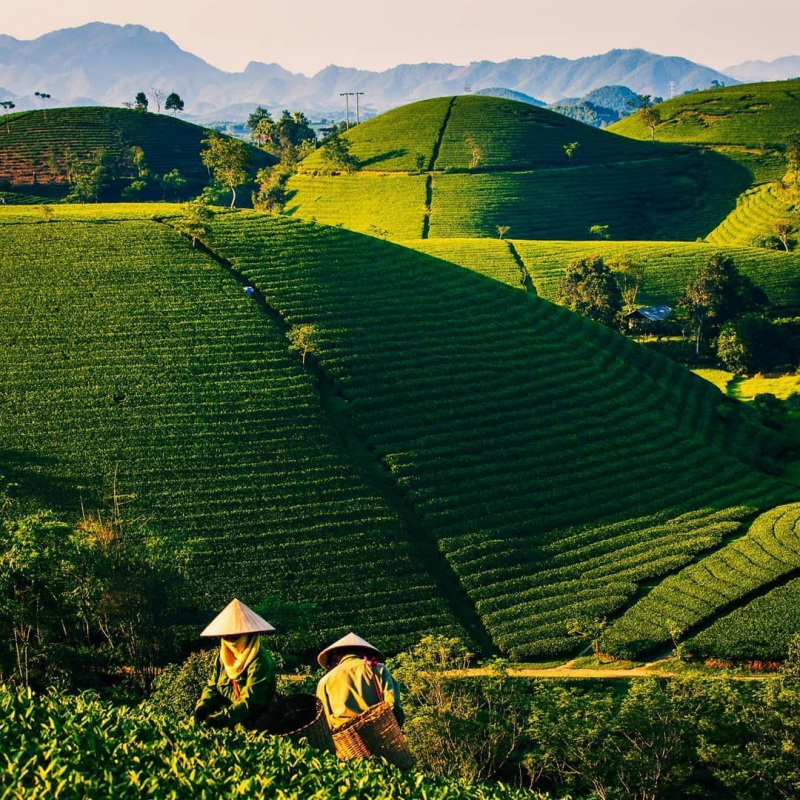
Photo: @homestaytonyluan 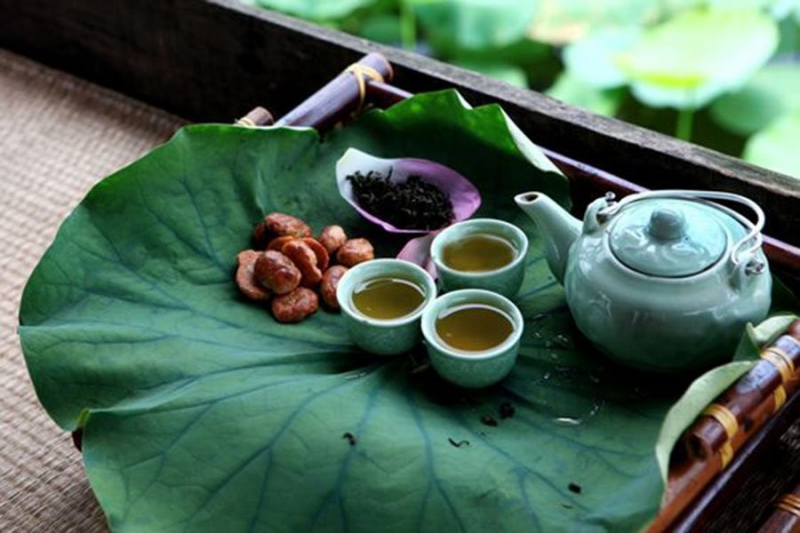
Photo: VIHABA -
Japan is the world's eighth-largest tea producer, and tea is grown in the country's southwest. Shizuoka and Kagoshima are the two largest tea-producing regions in Japan. The Kyoto region is well-known for its long history as the birthplace of Japanese tea. However, there are many distinct green teas in Japan's regions. Shizuoka is Japan's largest tea-producing region. Its tea plantations produce sencha for large commercial uses, as well as Fukamushi Sencha, which is a deep steamed sencha that requires a longer steaming time than is typical for processing Japanese green tea.
In Shizuoka Prefecture, there are many tea plantations that offer varieties of tea that can be eaten in addition to being drunk. Kawane is one of the most well-known. Kawane is known for producing high-quality, deep-steamed Fukamushi Sencha. It is situated on a mountainside on the upper stream of the Oi river.
Buddhist monks may have brought tea to the islands as early as the sixth century. Tea was quickly associated with religious ceremonies, with accounts of Emperor Shmu serving tea to 100 monks. Tea seeds are thought to have first arrived in Japan in 805 and 806, with the burgeoning tea industry catching the attention of Japan's 52nd Emperor, Saga, during his reign from 809 to 823. Tea cultivation began after more seeds were imported, and the rest, as they say, is history.
Green Sencha and Green Matcha are currently Japan's most popular tea exports, but most of the country's tea production is actually consumed domestically.
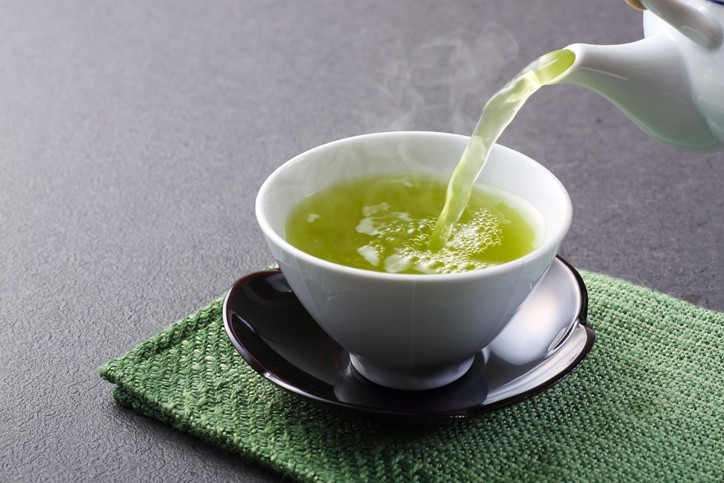
Photo: Getty Images 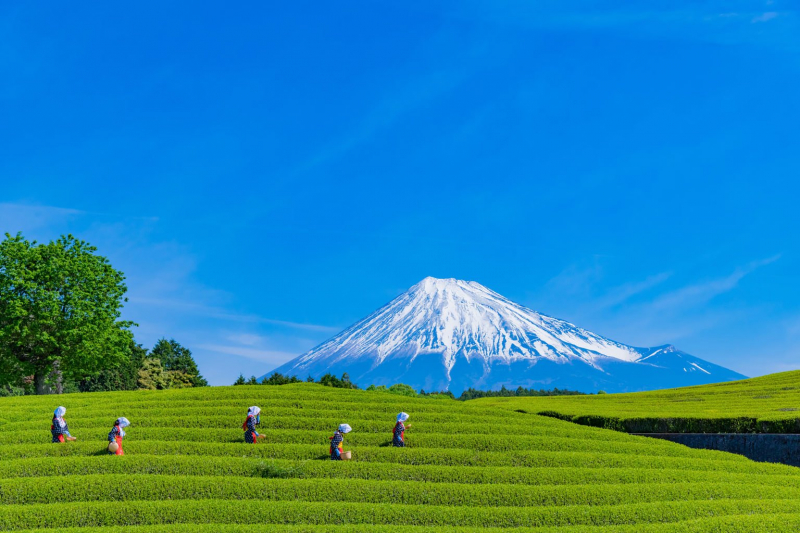
Photo: Tokyo Weekender -
Crossing the Indian Ocean, we arrive in the Middle East, in Iran, an unlikely producer of tea, and in the Gilan region of the Caspian Sea.
The history of tea culture in Iran dates back to the late 15th century. Previously, coffee was the most popular beverage in Iran. However, the majority of coffee-producing countries were located far away from Iran, making shipping extremely difficult. With a major tea-producing country, China, on a nearby trading path known as "the silk road," shipping tea was much easier. That was one of the main reasons why tea became so popular in Iran. As a result, the demand for tea increased, and more tea had to be imported to keep up with Iran's consumption.
In 1882, Iran tried unsuccessfully to grow tea domestically using seeds imported from India. Mohammed Milza, who was living in India at the time, transported 3000 saplings into his nation from Kangra in northern India in 1899. In the Giran region, south of the Caspian Sea, he began the cultivation. Since the region's climate was ideal for growing tea, the Giran and Mazandran region's tea industry grew rapidly. The first tea factory in the modern style was constructed in 1934.
There are currently 107 tea factories and 32000 hectares of tea farms. Like the farms in Darjeeling, the majority of Iranian farms are found in hillside locations. These farms create traditional black tea. Iranian tea is delicious even without milk or sugar because of its red color and mild flavor. About 56000 tons of black tea were produced overall in 1992. 35000 tons were imported, a significant decrease from 1991. 95000 tons of tea were consumed in total. Iran intends to increase the number of farms in the nation as global tea consumption keeps rising.
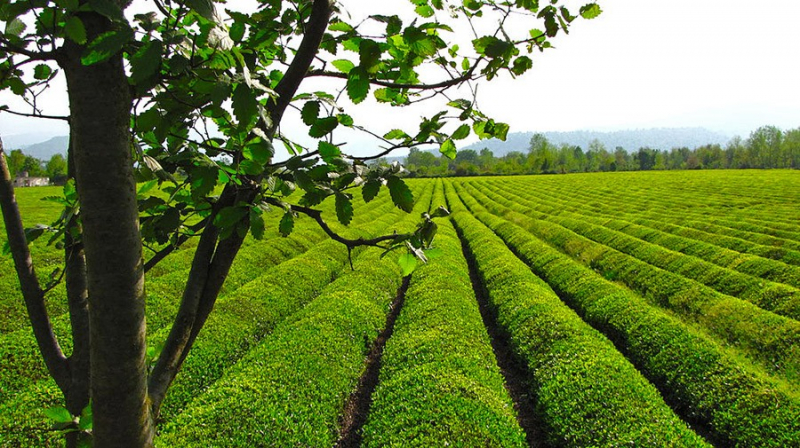
Photo: TasteIran 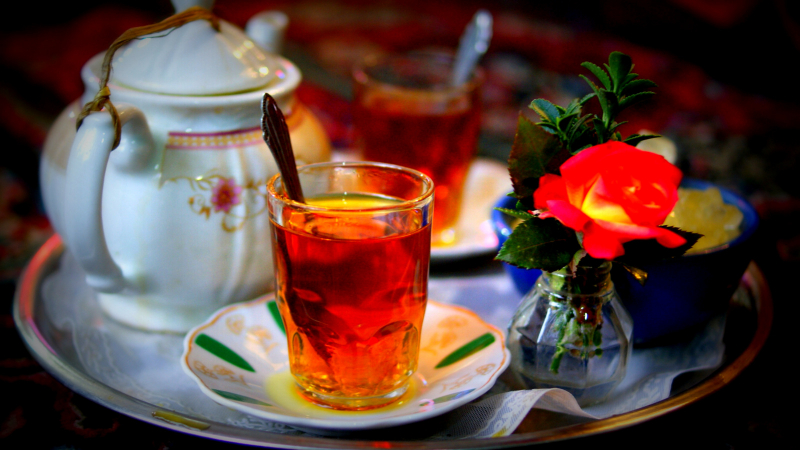
Photo: Financial Tribune -
While coffee is the most popular hot beverage in South America, tea has developed a strong fan base in Argentina due to the country's large tea production.
Argentina is a South American country. Argentina stretches across a wide latitude range, with climates ranging from subpolar in the south to subtropical in the north. Its climate also varies according to its topography; in general, mountains border the west of the country, while the east is flatter.
Argentina is one of the world's top producers of tea, despite the fact that only a small portion of the country is suitable for growing it. The majority of the tea in the nation is grown in the northeast, in the cities of Misiones and Corrientes. These regions have a warm, subtropical climate with abundant rainfall that is perfect for growing tea. The strange connection is that tea is also grown in the neighboring province of Formosa. Taiwan, which is also known as "Formosa" in the tea world, is located on the opposite side of the globe from Formosa and is considered to be its geographic antipode.
Tea was first introduced in the 1920s as a result of a crop experiment that the Argentinean government insisted on. The most popular and locally produced tea in the nation is yerba mate. The majority of the tea produced here is exported as a foreign exchange to nations like the United States, the United Kingdom, and other European nations.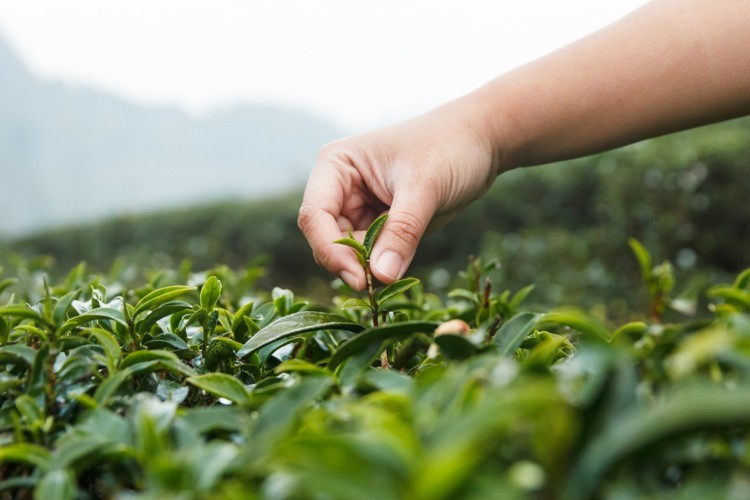
Photo: Getty Images 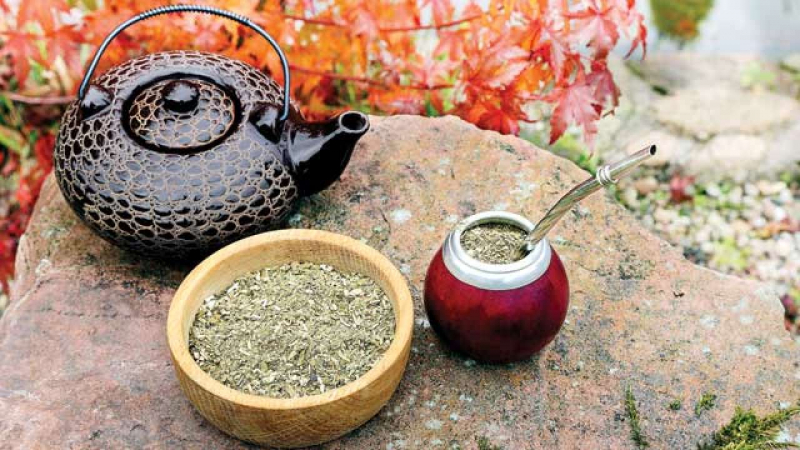
Photo: DNA India












